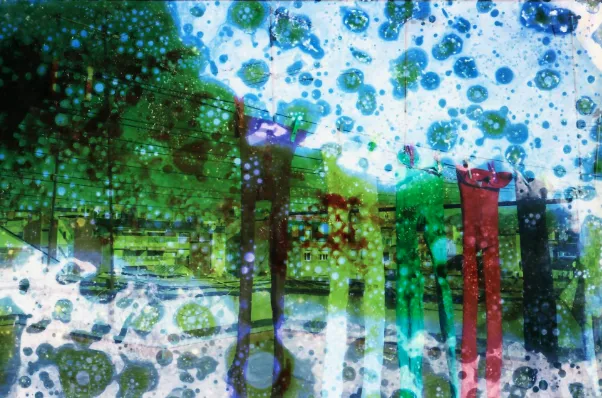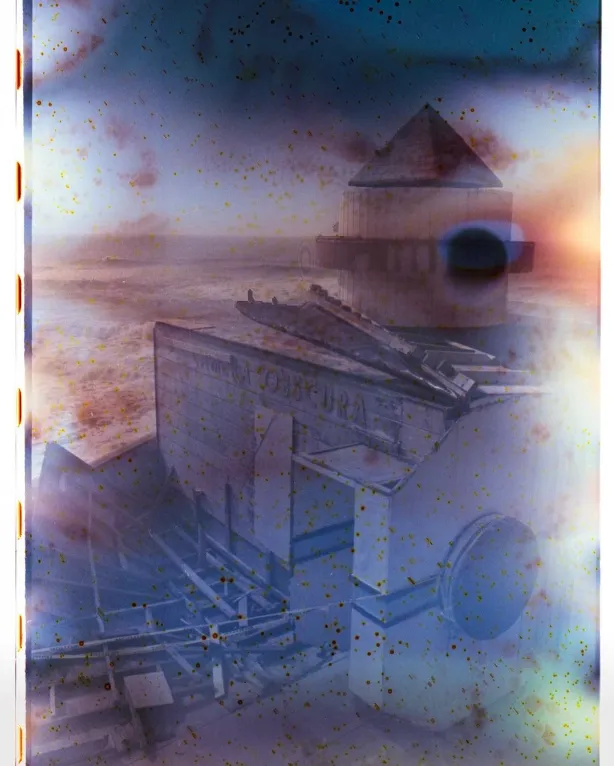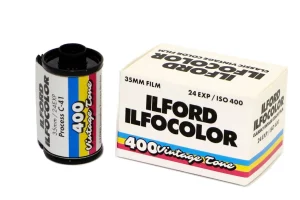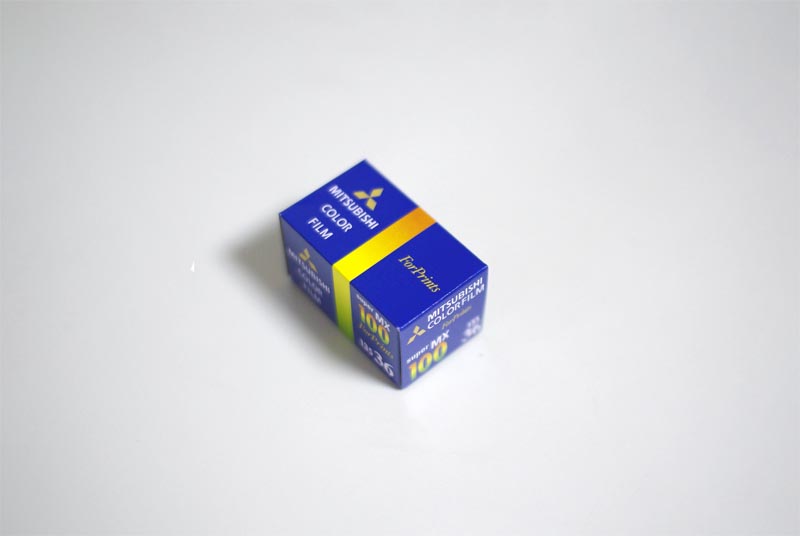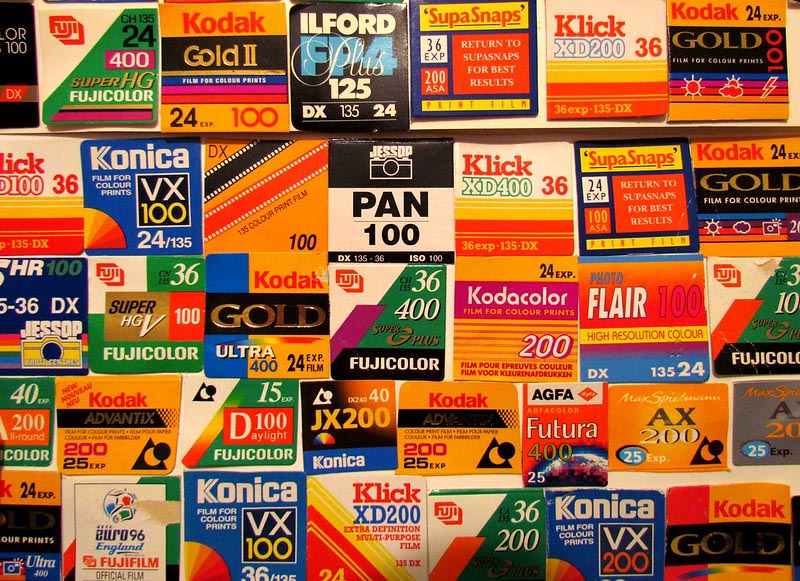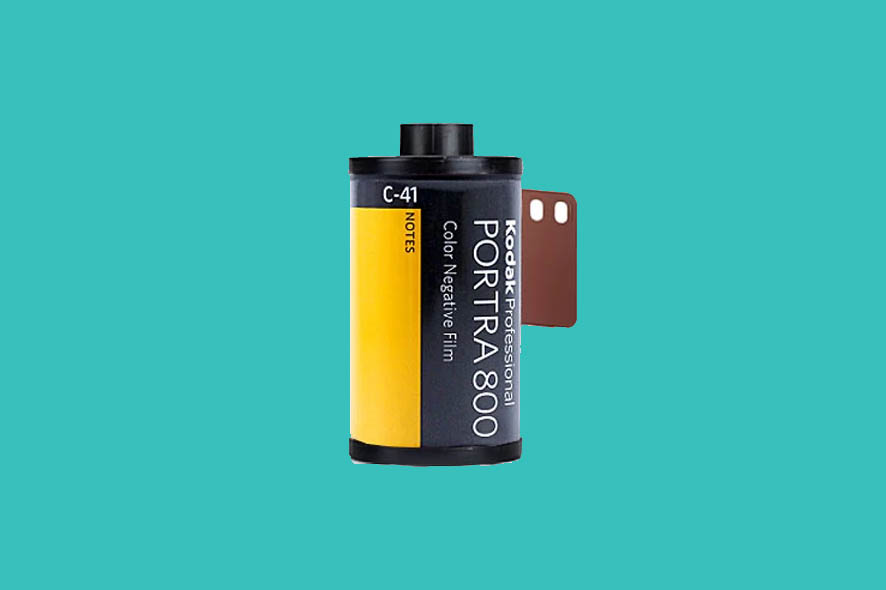Film Soaping: Recipes For Colorful And Tasty Photos
Last Updated on February 8, 2023
Film soaping has become very popular in 2022, and everything points to it becoming a trend in 2023. This photographic creation process expands the possibilities of what can be done with a film camera, introducing chemical factors that alter the normal film developing process.
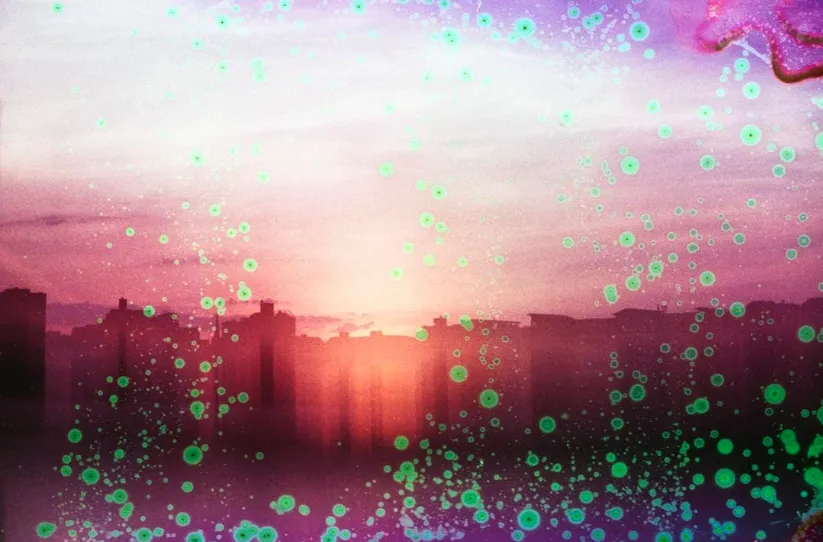
In addition to being a creative technique, it is also a whole science waiting to be discovered, as there are so many variables involved in the process, the possibilities of discovering incredible results in each developing process become almost infinite.
On the other hand, each recipe can vary greatly each time it is applied, each photo in and of itself is unique, so the results will always be unique and unrepeatable.
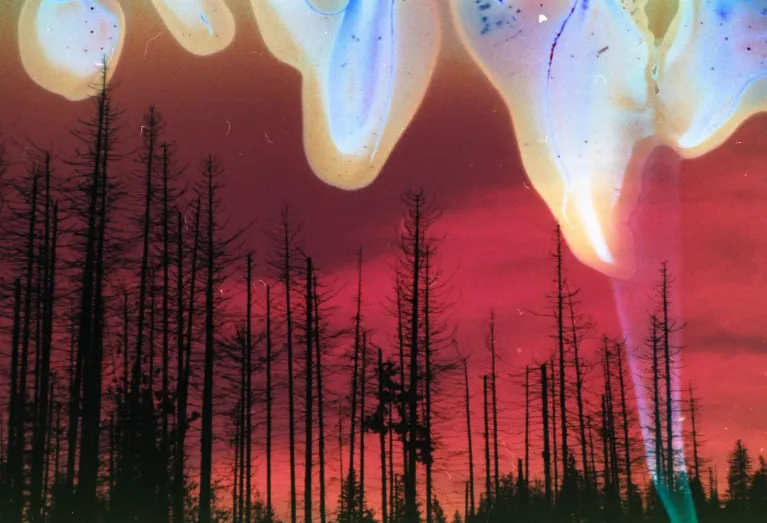
That’s why before seasoning our film with strange liquids, it’s good to understand the conditions involved in the end of soaping.
Table of Contents
Film Preparation
The preparation of the film soap starts with a new, unexposed film, it can be a current or expired one. This step is the very foundation of this technique, which will involve pouring the film into a container with the soap mixture, but before taking into consideration the conditions involved in the process.
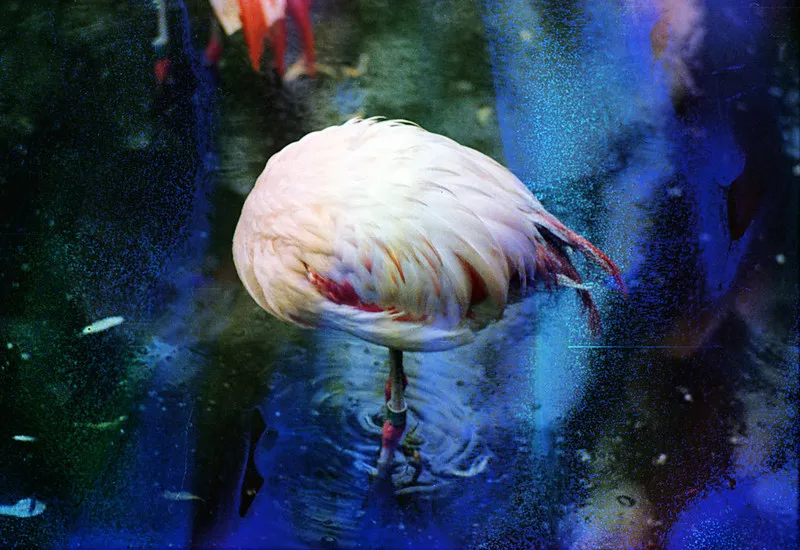
Chemical factor
The ingredients used generally alter the pH of the water, which leads to the film varying in its chemical composition and resulting in the different color variations.
Time
The exposure time of the film to the chemicals is important, as it determines the level of variation of the film compared to its original state. The chemical can be soaked for 1 hour to 24 hours, depending on the acidity level of the mixture.
Heat
Heat is an important factor that affects the outcome of the colors, texture, and on the other hand helps to penetrate the mixture into the film reel. As it dilutes the mixture and makes it easier to pass through the only cavity that the cartridge has. Play with temperatures close to 105° Fahrenheit (40° C).
Movement
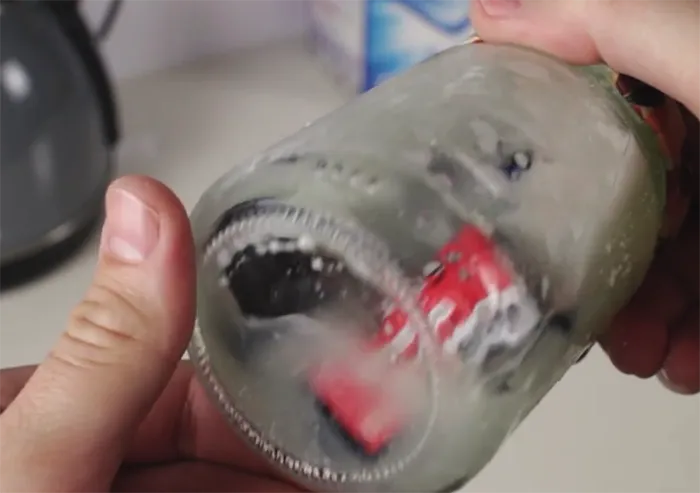
The movement is another factor that significantly affects the result, and like heat, helps the liquid penetrate and bathe the film inside the cartridge. If you shake the film grain too hard, it will increase, just as a developing liquid would
Cleaning
Once the film alteration process is complete, it’s good to clean the film as well as possible from the residue of the mixture with plenty of water (if desired). It’s likely that there will be some residue left and it’s normal, this will also influence the result when we start taking photos on it. Cleaning also helps prevent the film from sticking when it’s rolled up.
Dry
The drying of the newly soaped film is also important, both so that it is not sticky and to avoid contaminating the camera with chemicals or liquids. You can air dry it inside a bottle, with rice, charcoal or with some air-absorbent moisture control product. If you want to dry it faster, you can also do it in a dark room (or place) using a hair dryer or air from the environment.
Considering all this, let’s start seeing what delicious high pH recipes we can achieve 😛
Film Soap Recipes
The most common recipes used for the film soap technique include both liquids and powders, to which hot water is added to fill the bottle where the film reel will be introduced.
Liquids
Among the liquids used are the following:
- Green tea (already diluted): Powerful on its own, you don’t even need to mix it with another powder to achieve a party of colors.
- Red wine: Another liquid that besides generating chemical changes due to its high acidity, adds color and texture in the form of drops that are usually seen in newly dried wine glasses.
- Lemon juice: This is the most commonly used liquid and it is usually mixed with one or several powders that we mentioned below.
Powders
Among the powders accompanying the liquids are these:
- Salt: Salt and its corrosive effect generates its own effect on the film, the color gradient is one of them.
- Washing Powder: Another compound component which is itself a mixture of different chemicals and acts similarly to salt, as it has a strong base of it.
- Sodium bicarbonate: Another salt that, when paired with a potent liquid, gives psychedelic results to the photograph.
Film Soap Ideas
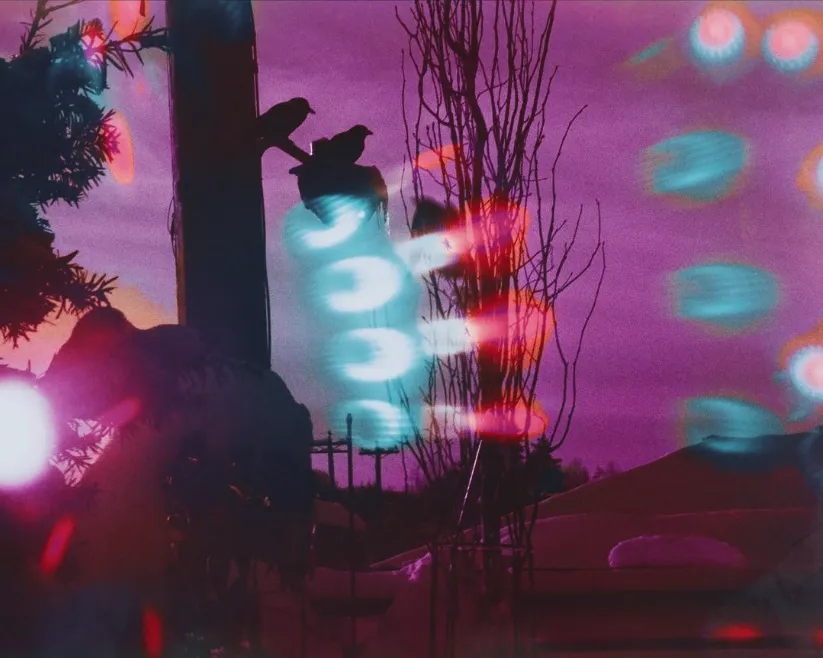
Feel free to experiment with different chemicals and films, you can add some of the following ingredients to your mix to generate new results. Share the results on Instagram using the hashtag #filmsoap so that we can all see it.
- Red Bull
- Toothpaste
- Mouthwash
- Powdered coffee
- Vinegar
- Anise liquor
- Hot sauce
- Ginger
- Liquid detergent
- Vodka
- Apple cider vinegar
- Blueberries
- Pineapple
- Grapefruit
- Tomato
- Beer
Film Soap F.A.Q
The most frequently asked questions about film soap answered.
What is film soap?
Film soaping is the process of soaking a film reel in a mixture of liquids with different compositions, then shooting with it to achieve photographs with diverse colors, textures, and tones.

Expose before or after soaking the film in film soap?
It is generally exposed after soaking since the liquids themselves contain acids that can wash out some colors during development if done on a newly exposed film. But nothing prevents you from experimenting in reverse and seeing the result.
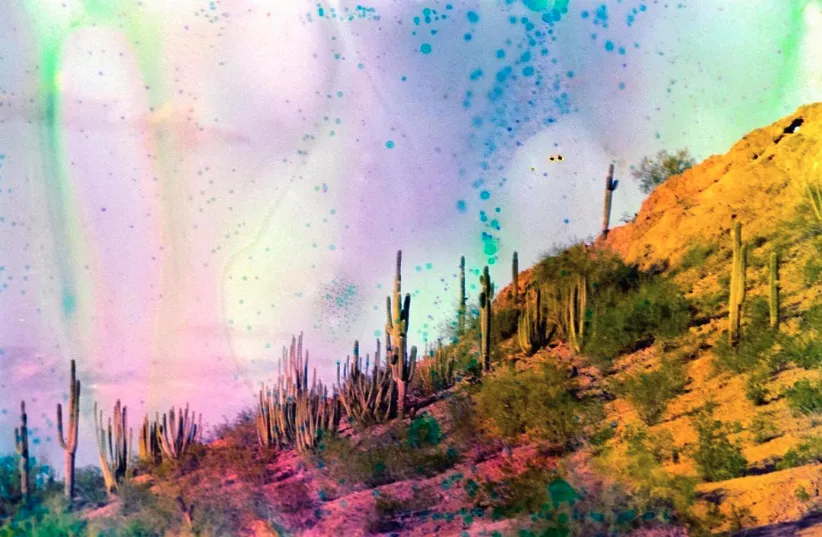
How long should the soaked film be left to dry before use?
A couple of weeks until it’s completely dry, but you can always force dry in a dark room or dark box.
How to develop film in film soap?
You can develop using the traditional method, either at a photo lab or do it yourself. If you take it to a lab, remember to let them know what process you’ve done to the film. And if you develop it yourself, it’s best to use old chemicals as they will not be usable after. You could reuse them if you make sure to give them a good prewash with lots and lots of water (in a developing tank).

What films are best for film soap development?
You can use any C-41 color film for more colorful and diverse results. You can also try slide films (C-6 processed) but it may not be worth it due to costs and the result may be much more contrasted than normal, resulting in photographs that appear to have lost a lot of detail.
On the other hand, you can also do it with black and white films, although in that case I prefer to do something more fun which is to develop with coffee ;).
Some recommended films for film soup:
Can film soap be used for an already exposed negative?
You can, I anticipate that the result will be completely different from what you would expect from the way described in this post. Since you will remove colors rather than add them. Since the images are already developed and the negative has already gone through the 3 chemicals responsible for developing and fixing the photo.
But give it a try! The resulting images will be similar to this one.
